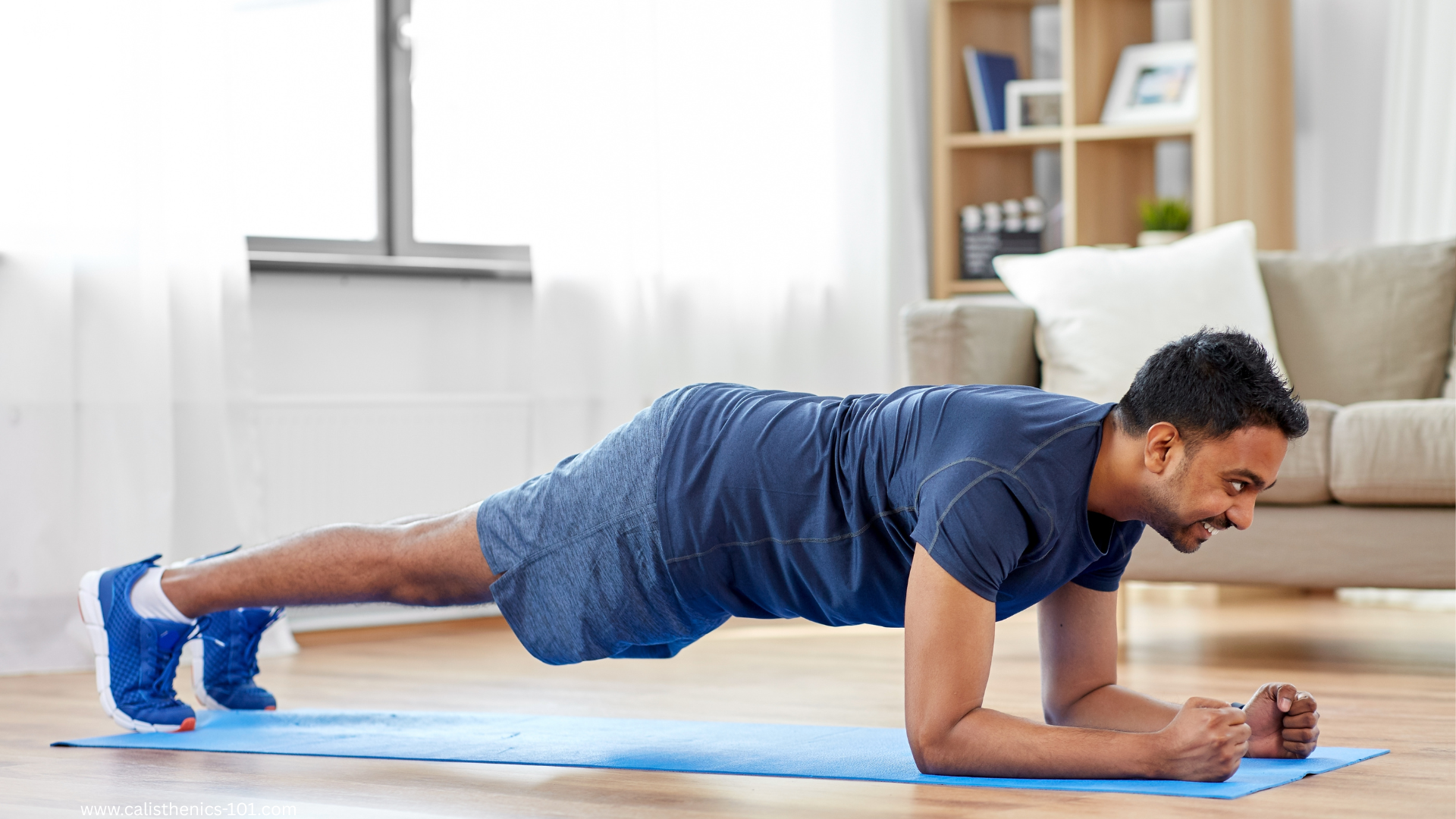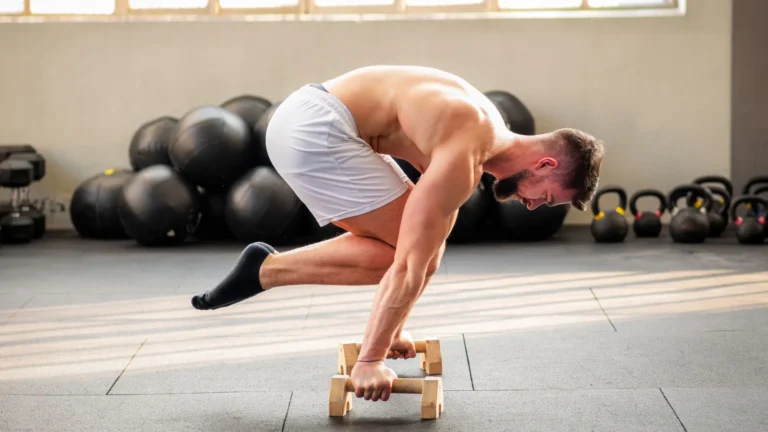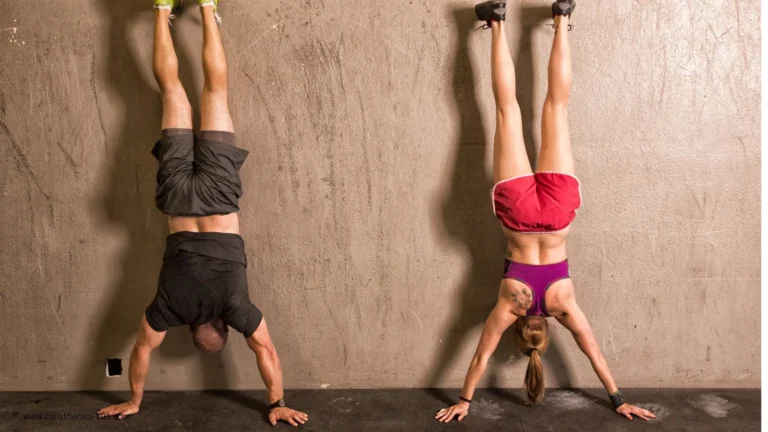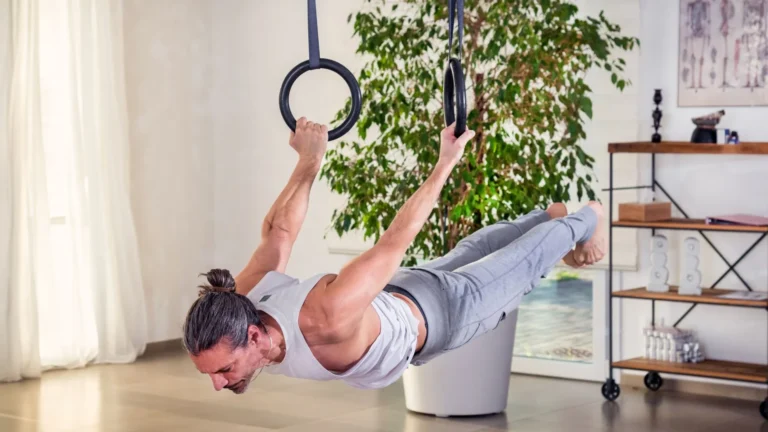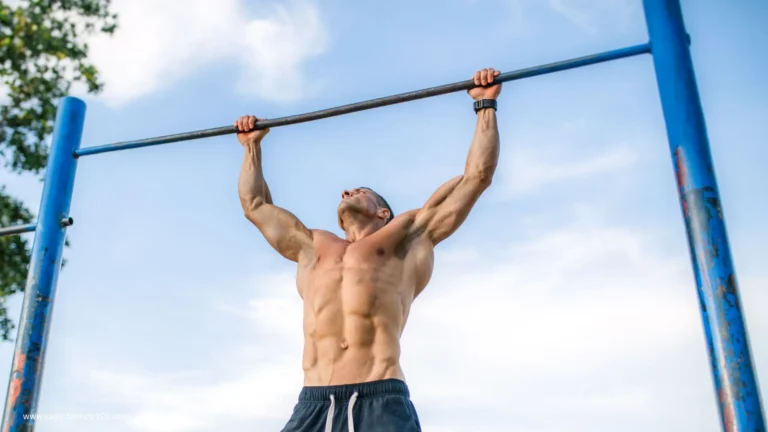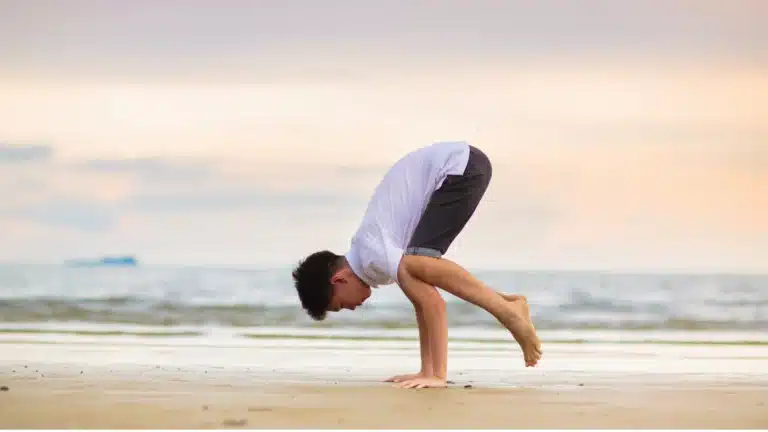Plank Hold: 5 Powerful Moves for Insane Core Strength
Looking for a workout that requires no equipment, takes up hardly any space, and delivers total-body strength? The plank hold might be the most underrated yet powerful move you can add to your routine. This static core exercise doesn’t just work your abs—it activates your entire body and provides a wide range of fitness benefits with just a few seconds of commitment each day.
Whether you’re new to fitness or want to break through a plateau, mastering the plank hold can help you build functional strength, sharpen focus, and even improve your posture. Here’s why it deserves a top spot in your workout plan.
What Is a Plank Hold?
A plank hold is an isometric exercise, meaning you hold a position without movement. The classic version has you resting on your forearms or hands, keeping your body aligned from head to heels, and engaging your muscles to stay in position.
Popular Plank Variations
- Forearm Plank – Ideal for minimizing wrist pressure.
- Straight-Arm Plank – Builds shoulder strength and stability.
- Side Plank – Emphasizes obliques and lateral core stability.
- Reverse Plank – Targets the posterior chain and improves flexibility.
Despite its simplicity, a plank hold works multiple muscle groups and can be scaled for all fitness levels.
Why Plank Holds Deserve a Place in Your Routine
1. Develops Deep Core Strength
Unlike traditional crunches, the plank hold activates deeper core muscles like the transverse abdominis. You’ll also strengthen your lower back, obliques, and rectus abdominis, making your core more resilient and functional.
2. Works the Whole Body
While it’s primarily a core exercise, the plank hold also recruits:
- Shoulders and chest to stabilize your upper body
- Glutes and hamstrings to keep your hips lifted
- Quads to maintain leg alignment
This full-body engagement makes the plank incredibly efficient.
3. Supports Better Posture and Spinal Health
Regular plank holds help align the spine and strengthen the muscles that support good posture. If you spend a lot of time sitting, this exercise can help counteract poor posture and reduce tension in the lower back.
One study found that planks help reduce lower back discomfort by reinforcing spinal support through core stabilization.
4. Increases Calorie Burn
Even though you’re not moving, holding a plank requires significant energy. A plank hold triggers a calorie burn that lasts beyond the exercise itself due to the high muscular activation.
On average, a person burns about 3 to 5 calories per minute during a plank. Adding movement or duration increases the impact.
5. Strengthens Mental Endurance
The stillness of a plank might seem easy, but mentally, it can be a challenge. The focus required to maintain form while your muscles burn improves mental toughness, body awareness, and breath control.
How to Do the Perfect Plank Hold
Step-by-Step Instructions:
- Begin in a push-up position or on your forearms.
- Align elbows under shoulders and extend your legs back.
- Engage your abs and squeeze your glutes.
- Keep your body in a straight line from head to heels.
- Breathe evenly and hold the position.
Tips to Avoid Common Mistakes:
- Don’t let your hips drop or rise too high.
- Keep your eyes on the floor, not ahead.
- Tuck your pelvis slightly to prevent lower back strain.
Plank Hold Mistakes That Can Hurt Your Progress
Watch Out For:
- Letting the lower back sag
- Holding your breath
- Arching your neck or shoulders
- Rushing to hold longer without proper form
Fix It With:
- Proper core engagement
- Neutral spine alignment
- Shorter holds with perfect form
- Feedback from a mirror or video
How Long Should You Hold a Plank?
Duration depends on your fitness level. Here’s a quick guide:
| Experience Level | Hold Duration | Suggested Sets |
|---|---|---|
| Beginner | 20–30 seconds | 2–3 rounds |
| Intermediate | 30–60 seconds | 3–4 rounds |
| Advanced | 60–90+ seconds | 4–5 rounds |
Quality matters more than time. A solid 30-second plank hold with clean form is more valuable than holding longer with poor alignment.
Fun & Effective Plank Hold Variations
Want to level up? Try these dynamic modifications:
- Side Plank with Reach-Under: Targets obliques and balance.
- Plank Jacks: Adds cardio for fat-burning.
- Plank to Elbow Tap: Builds coordination and control.
- Weighted Plank: Increases resistance for serious gains.
These versions keep your core guessing and boost engagement.
How to Add Plank Holds to Your Workouts
You can fit plank holds into almost any workout style:
- Morning routines for a quick wake-up boost
- Post-workout core finishers
- As part of HIIT circuits or yoga flows
Aim for consistency—even 3 sessions per week can yield noticeable progress.
Combine Planks With:
- Mountain climbers
- Hollow body holds
- Bird-dog movements
These combos create a well-rounded and powerful core regimen.
Who Should Be Doing Plank Holds?
Athletes
Improve core-to-limb power transfer and reduce injury risk in dynamic sports.
Desk Workers
Combat stiffness and weak posture from sitting long hours.
Older Adults
Enjoy a low-impact way to build balance, strength, and confidence.
The plank hold suits every lifestyle and goal. Whether you’re training for performance or just trying to move better, it fits.
Frequently Asked Questions About Plank Holds
Is a plank better than sit-ups?
Yes. Planks involve more muscles and reduce the risk of neck and lower back strain.
Will planks give me abs?
They strengthen your core but won’t reduce belly fat unless paired with proper nutrition and cardio.
How often should I do plank holds?
Planking 3–5 times per week is a great starting point. Just listen to your body and prioritize recovery.
Can I plank every day?
You can, but quality and rest are key. Rotate with variations to avoid overtraining.
Final Thoughts: The Power of the Plank Hold
In the world of fitness, simple often means effective. The plank hold is proof of that. With just a few minutes and zero equipment, you can:
- Develop bulletproof core strength
- Improve posture and spinal health
- Build full-body tension and focus
No matter your goals, the plank has a place in your fitness journey. It’s accessible, adaptable, and undeniably effective.
Take Action Today
Start with a 30-second plank hold and challenge yourself daily. Want to stay motivated? Track your hold times and share your progress. For more training tips and core workout plans, check out our latest guides or subscribe to our free weekly fitness insights.
Stronger abs, better posture, and more confidence await—all from holding still.

